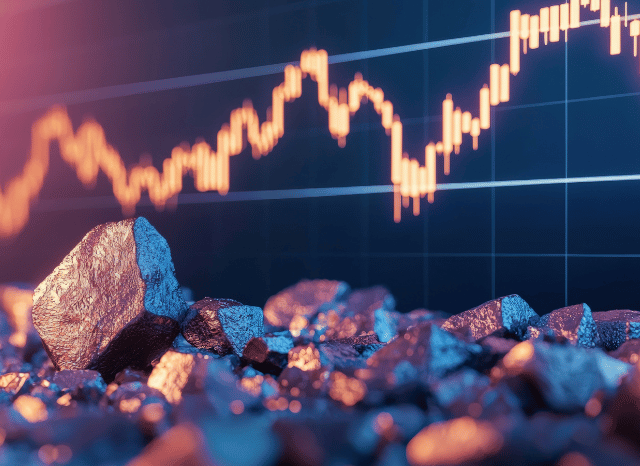
The strategic metals powering the Electrical power transition are now centre stage in geopolitics and field.
When confined to specialized niche scientific and industrial circles, rare earth elements (REEs) have surged into international headlines—and permanently motive. These seventeen elements, from neodymium to dysprosium, will be the developing blocks of recent technological know-how, playing a central position in everything from wind turbines to electrical vehicle motors, smartphones to defence methods.
As the world races in the direction of decarbonisation and digitalisation, need for REEs is soaring. Their role from the Vitality changeover is very important. Superior-functionality magnets created with neodymium and praseodymium are essential to the electrical motors Employed in both equally EVs and wind turbines. Other REEs like europium and terbium are handy for lighting, displays, and optical fibre networks.
But supply is precariously concentrated. China presently leads the sourcing, separation, and refining of rare earths, controlling greater than 80% of world output. This has remaining other nations scrambling to create resilient source chains, cut down dependency, and protected access to these strategic assets. Because of this, scarce earths are no longer just industrial components—They are geopolitical property.
Buyers have taken Observe. Desire in scarce earth-related shares and Trade-traded funds (ETFs) has surged, pushed by both of those the growth in thoroughly clean tech and the will to hedge versus source shocks. Yet the market is elaborate. Some firms are still while in the strategic minerals exploration section, Other folks are scaling up output, when some are presently refining and offering processed metals.
It’s also critical to grasp the difference between exceptional earth minerals and exceptional earth metals. "Minerals" check with the raw rocks—like bastnasite, monazite, xenotime, or ionic clays—that have exceptional earths in pure type. These call for intense processing to isolate the metallic things. The time period “metals,” Then again, refers to the purified chemical components used in high-tech purposes.
Processing these minerals into usable metals is expensive. Beyond China, few nations around the world have mastered the complete industrial method at scale, while sites like Australia, the U.S., Vietnam, and Brazil are working to alter that.
Need is staying fuelled by various sectors:
· Electrical mobility: magnets in motors
· Renewable energy: specially wind turbines
· Shopper electronics: smartphones, laptops, sensors
· Defence: radar, sonar, precision-guided programs
· Automation and robotics: progressively vital in industry
Neodymium stands out as a particularly valuable exceptional earth because of its use in strong magnets. Other individuals, like dysprosium and terbium, greatly enhance thermal stability in large-general performance apps.
The rare earth marketplace is unstable. Costs can swing with trade plan, technological breakthroughs, or new supply sources. For traders, ETFs offer you diversification, even though immediate inventory investments have increased threat but probably higher returns.
What’s distinct is the fact that exceptional earths are now not obscure chemical curiosities—they’re strategic methods reshaping the worldwide economic climate.